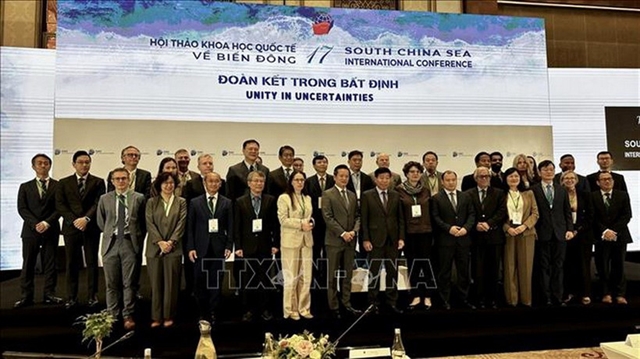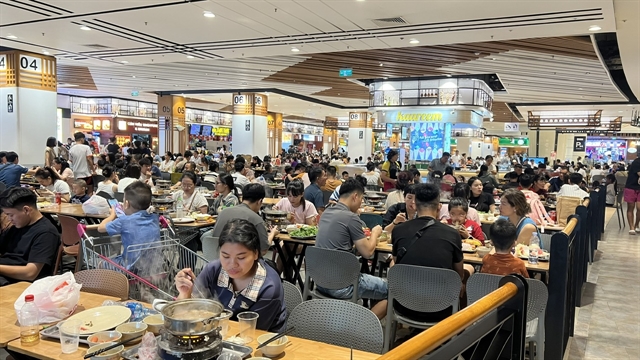 Opinion
Opinion

Economist Nguyễn Trí Hiếu talks to the Hải Quan (Customs) newspaper about possible plans to generate money for the Government’s affordable housing scheme in its second phase
 |
| Economist Nguyễn Trí Hiếu |
Economist Nguyễn Trí Hiếu talks to the Hải Quan (Customs) newspaper about possible plans to generate money for the Government’s affordable housing scheme in its second phase
The Government’s low interest VNĐ30 trillion (US$1.41 billion) loan package for home buyers and property developers has just ended. How do you evaluate the outcome of the programme?
I should say the loan package has responded to the housing requirements of certain groups of low income wage/salary earners. The scheme has greatly contributed to the liquidity of the real estate market.
However, the sum was too small compared to the real demand of low income wage earners. At present, the Government has assigned the Việt Nam Bank for Social Policies (VBSP) to arrange the money for the second phase of the programme with an interest rate of 4.8 per cent per annum. But the problem now is where the VBSP can find the capital source.
If the lending interest rate will be the same of 4.8 per cent per annum, the maximum saving interest rate must be 3.3 per cent so that the VBSP can apply the interest rate of 3.3 per cent to the borrowers. This question is still hanging in the balance.
The Government has fixed the 4.8 per cent interest rate for the social housing scheme while the funding has not yet been settled. Do you have any comments on the government’s decision?
I don’t know whether the Government has already seen big potential financiers for the scheme or not. But the ball is now in the Government’s court.
In my opinion, if the Government has not yet found any capital resources for the scheme, the Government should not declare such a lending interest rate. In other words, a fixed interest rate as declared by the Government will put the VBSP in a tight position.
I think at present we should rule out the possibility of mobilising capital from the people with an interest rate of 3.3 per cent per annum.
For the real estate market, such a situation is a risk for the market. Real estate developers are likely to face another real estate bubble.
Under the Government’s decision, the 4.8 per cent interest rate will be applied by the VBSP. But what about the interest rates in other commercial banks? Must it be the same rate at all banks?
I should say such a loan is designed for low income people. That’s why the 4.8 per cent interest rate cannot be applied to all Vietnamese commercial banks.
In reality, the interest rate applied at most commercial banks is double that of the VBSP. If the Government wants the commercial banks to apply the 4.8 per cent interest rate in the affordable housing scheme, the Government has to refinance them with low interest loans from the State budget.
To my knowledge, Việt Nam’s capital market is divided into two segments – the monetary market and the capital market. The former market is developing rapidly while the latter is developing at a snail’s speed. That’s why I don’t think that the Government has sufficient money to refinance it to the commercial banks for them to lend out to beneficiaries in the government’s affordable housing scheme.
So where can we find the money to finance the social housing scheme in the present context?
In my opinion, may be the Government, the State Bank of Việt Nam, the Ministry of Construction or the Ministry of Finance have to act as a focal point in pulling together the capital resources for the VBSP. This is a very tough question! At present the interest rate of government bonds is much higher than 3.3 per cent.
It’s my suggestion that the Government issue government bonds with long maturity dates and low interest rates. Coupled with that, investors’ benefits from the bonds will be exempt from taxes. Or, the State Bank of Việt Nam may use ODA funds to refinance the VBSP. — VNS




